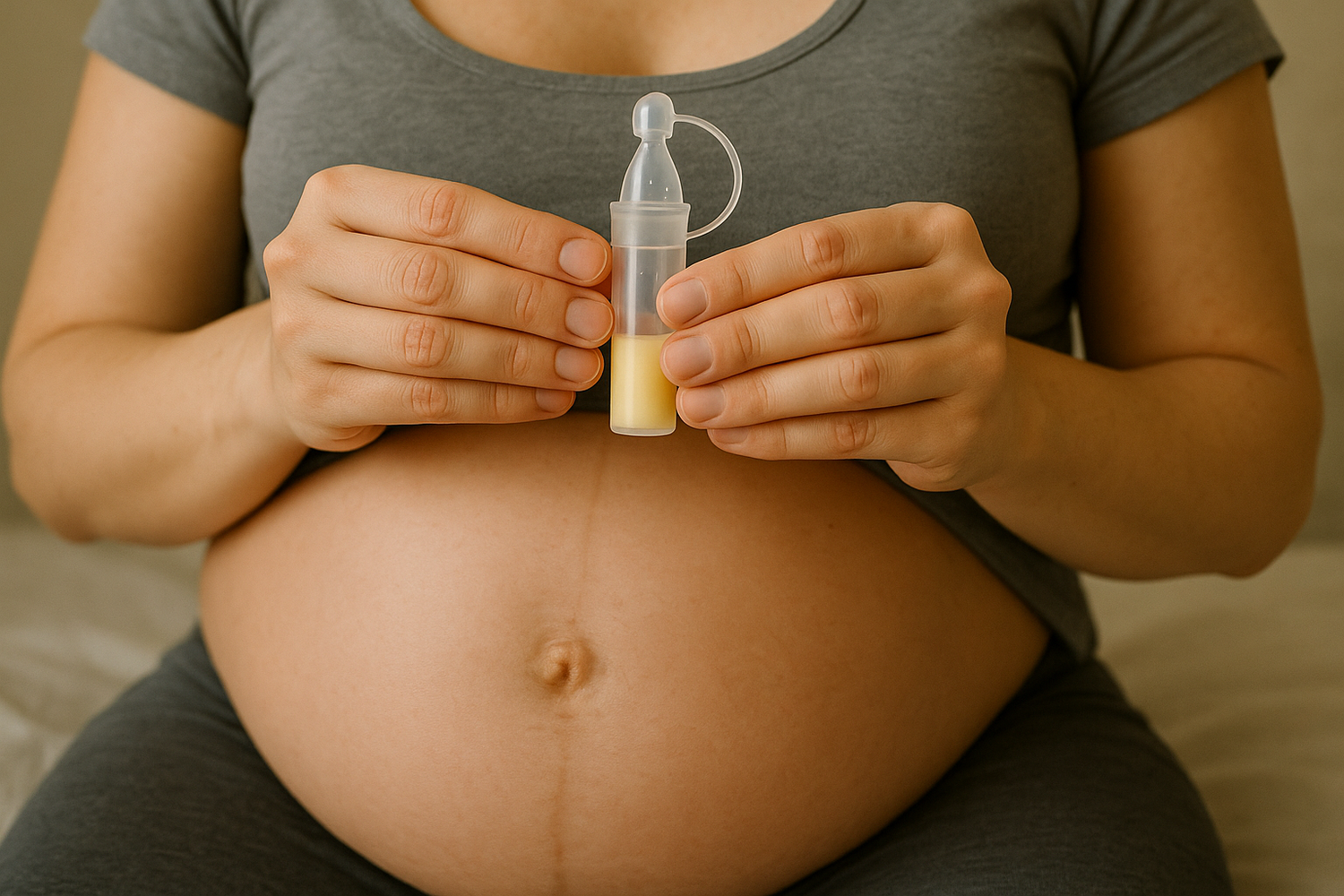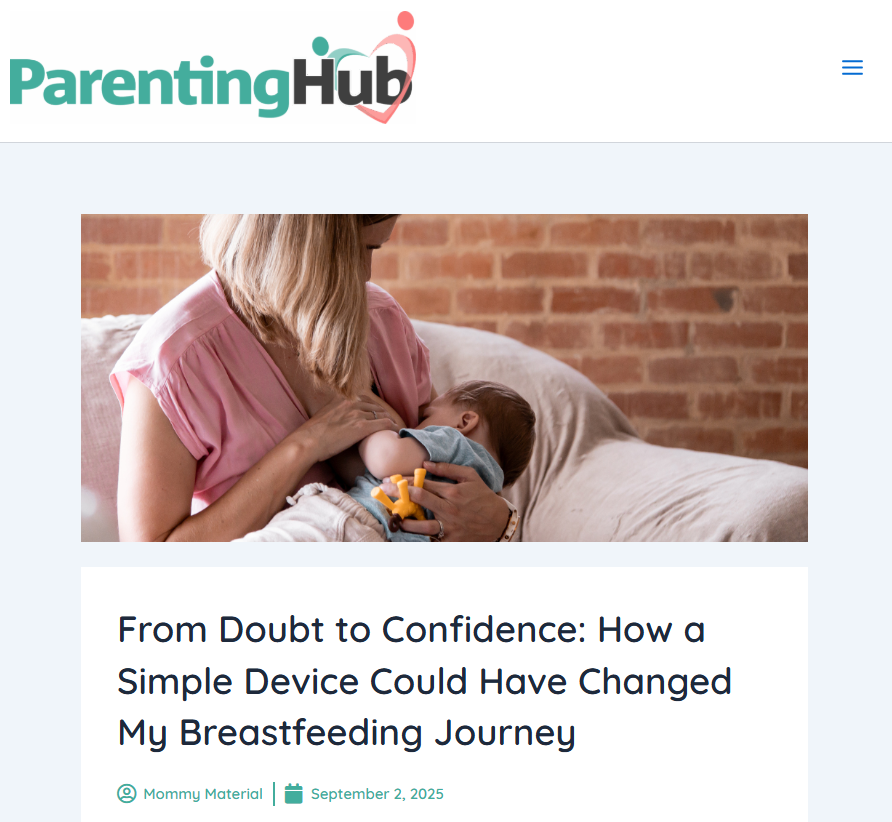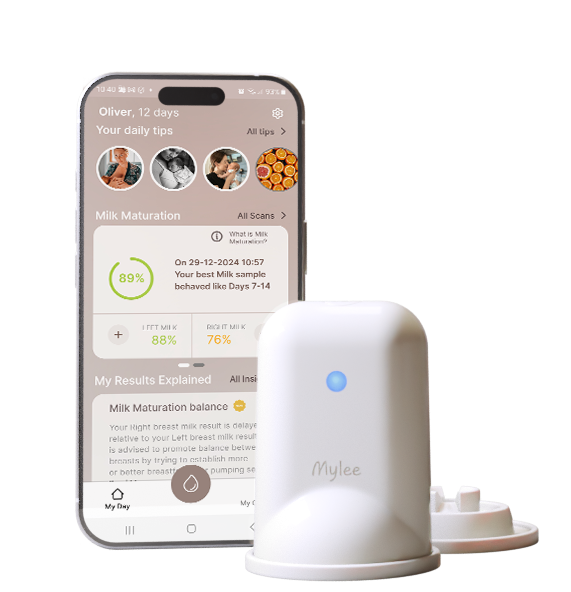Expecting Mama? Prime Your Body for Breastfeeding Success with Antenatal Colostrum Harvesting
Hello expecting mama! As you prepare for your little one's arrival, let's talk about a powerful step you can take before birth to support your breastfeeding journey: Antenatal Colostrum Harvesting (ACH).
Beyond "Liquid Gold": Harvesting as Proactive Milk Supply establishment Stimulation
You've likely heard colostrum is called "liquid gold," and it absolutely is! This early milk is brimming with antibodies, tailored nutritional components, and vital factors for your newborn. But today, we're focusing on ACH not just for collecting this precious fluid, but as a strategic way to stimulate your milk production pathways early and set the stage for a robust milk supply.
Think of establishing milk supply like preparing your body for a marathon. While the main event happens after birth, ACH is like targeted training in the weeks leading up. Your body getting signals to know milk production is required. Postpartum, your baby suckling (or effective pumping/hand expression) provides these signals while antenatal colostrum harvesting acts as an early activation signal. By gently hand expressing colostrum in the final weeks of pregnancy (with provider clearance!), you are:
1. Learning Your Body & Essential Skills: You become familiar with hand expression, a crucial skill for the early postpartum hours and days, especially if latching is delayed or you experience separation. Mastering this before birth builds confidence and preparedness.
2. Sending Powerful Biological Signals: This gentle, regular stimulation tells your breasts, "Get ready! Milk production is needed soon!" It's thought to encourage the development of more prolactin receptor sites – the docking stations for your key milk-making hormone – before the major hormonal shifts of birth. This isn't just about the drops you collect; it's about physiologically priming your breasts, initiating the supply-and-demand cycle earlier, and potentially preventing delayed lactogenesis II (the stage where mature milk 'comes in', delay of which can harm supply establishment). And by this, setting your early experience for success!
Why is This Early Stimulation So beneficial, Especially in Certain Situations?
This proactive approach of stimulating milk production before birth can be particularly beneficial for supporting timely milk coming in and prolonging exclusive breastfeeding, especially if you anticipate potential challenges:
Caesarean Birth: The hormonal cascade triggering milk production can sometimes be slower after a C-section. ACH provides early stimulation to potentially counteract this delay, helping your body establish milk production more readily. (Also, the colostrum collected may offer a bridge of your own milk if needed, but remember not to use it instead of early and frequent breast stimulation after birth).
Gestational Diabetes (GD): Babies born to mothers with GD may experience low blood sugar. Colostrum is ideal for blood sugar stabilization. Early stimulation supports increased colostrum production early on supporting baby's early needs. and if any extra is still required, ACH helps ensure your baby receives your milk immediately, often reducing the need for formula supplementation and supporting the establishment of exclusive breastfeeding from the start. It is preferred to feed from the breast or fresh hand expressed colostrum/milk, but the harvested colostrum may be used when there is urgent need. The early stimulation also supports your body's transition to mature milk production.
Potential Separation: If NICU care or maternal recovery might lead to temporary separation, ACH and continued postnatal milk expression helps maintain stimulation for your supply while ensuring your baby receives your vital colostrum even when direct feeding isn't immediately possible.
Anticipated Latch Difficulties: (e.g., previous breast surgery, flat/inverted nipples, known infant oral anatomy differences). ACH and postnatal expression by hand and then pumping allows you to provide your baby with colostrum while you work on latching, reducing stress and supporting your increased supply during this learning phase. The collected milk acts as a temporary support, not a replacement for working on direct feeding.
History of Low Milk Supply: If you faced supply challenges previously, ACH can be an empowering, proactive step to give your body additional stimulation and preparation this time around, potentially improving your experience a lot. Importantly, direct early breastfeeding, hand expression and breast stimulation will help you take advantage of the head start and promote your supply establishment even further.
For mothers facing these scenarios, antenatal colostrum harvesting moves beyond a "nice-to-have." It becomes a key proactive strategy to support timely secretory activation (also known as lactogenesis II), reduce the likelihood of early supplementation, and increase the chances of achieving your long-term breastfeeding goals.
Importantly, although it may seem wasteful, don't be tempted to use this colostrum instead of early and frequent breast stimulation after birth, as direct feeds and direct breast stimulation after birth are crucial for signalling your body to produce milk in increasing amounts for your LO, and milk from any other source (even if its your milk) may signal as if less milk needs to be made.
The Practicalities: Your Harvesting Guide
When to Start: Generally recommended around 36-37 weeks. Importantly, always get clearance from your midwife or obstetrician first as in certain cases the practice is not always safe. Nipple stimulation can theoretically cause uterine contractions, making discussion vital, especially with any risk factors (e.g., history of preterm labor, placenta previa, cervical issues, current bleeding).
How to Collect:
- Wash hands thoroughly.
- Find a comfortable, relaxed space. Warmth helps (e.g., after a shower).
- Gently massage your breast towards the nipple for about 1 minute.
- Make a 'C' shape with thumb and forefinger well behind the areola (fingers never on the nipple itself).
- Press back towards your chest wall, compress fingers together gently, and roll towards the nipple (without sliding fingers on the skin). Release and repeat rhythmically.
- Be patient! Drops may take significant time to appear. Remember, even if you collect very little or no colostrum initially, the gentle stimulation itself is valuable for signaling your body.
- Collect drops directly into a clean, sterile syringe (1ml, 3ml, 5ml) or sterile designated container. Avoid touching the syringe tip or container interior.
- Switch breasts every few minutes.
How Much & How Often: Expect tiny amounts! Colostrum is thick and concentrated. Drops or maybe up to 1-2ml per session is normal and valuable. It's also normal to collect nothing some sessions – keep expressing gently! The stimulation is key. Aim for short sessions (e.g., 5-10 minutes total, switching sides) 1-3 times per day. Consistency matters more than volume. Average prenatal collection ranges widely, often 0-5ml total isn't unusual. (Social media sometimes tend to show extremes, but this is not the regular norms nor the anticipated volumes).
Colostrum Collection Kits: Kits with sterile syringes/vials with caps, and labels may be convenient. You can also ask your provider or pharmacy for small, sterile oral syringes with caps.
How to Store:
- Label each syringe/container clearly: Name, Date, Time.
- Refrigerate collections from the same day (up to 24 hours) before combining and freezing.
- Freeze promptly: Place labelled syringes in a clean zip-lock bag or container in the freezer (use within 3-6 months).
- Transport frozen colostrum to the hospital in a small cooler bag with ice packs. Its absolutely normal to have these as an emergency use and never use them at the hospital. its not wasteful, as fresh colostrum is generally preferred, for your baby and keeping the right signals to your body.
Using Your Harvested Colostrum: A Bridge, Not the Destination
Bring your frozen stash to the hospital/birth center and inform your care team. Use it after birth if:
- Supplementation is medically indicated (offer your colostrum first!).
- Baby has low blood sugar (offer your fresh colostrum first!).
- You are temporarily separated (while you initiate further hand expression/pumping).
- Baby is having significant difficulty latching effectively initially (while you initiate further hand expression/pumping).
Thaw by holding the syringe in your hand or placing it in warm (not hot) water. Feed slowly into the corner of baby's mouth, onto a clean finger, or a small spoon. Use it as a bridge to support exclusive breastfeeding while addressing any temporary challenges. and making sure you directly and frequently stimulate your breast.
Important Point: ACH Supports, It Doesn't Replace Postpartum Efforts!
This is vital: Antenatal harvesting is powerful preparation, but it does not replace the essential steps immediately after birth.
The absolute gold standard for establishing long-term, robust milk supply is frequent, effective milk removal by your baby directly at the breast starting as soon as possible after birth, combined with abundant skin-to-skin contact. If direct feeding isn't possible, then frequent hand expression or pumping postpartum is critical. These postpartum activities provide hormonal and physical signals that ACH alone cannot fully replicate for long-term supply building.
The goal of ACH is not primarily to build a large freezer stash, but to prepare your breasts physiologically, potentially mitigate early challenges like delayed lactogenesis II, and have a small amount of colostrum available if needed as a very temporary bridge.
Please don't think, "I harvested, so early latching isn't urgent." Prioritize skin-to-skin, initiating breastfeeding within the first hour ('Golden Hour'), and learning effective latch and positioning. Your harvested colostrum strongly supports these efforts; it doesn't substitute them.
Learn more about antenatal colostrum harvesting from the NHS factsheet
You've Got This, Mama! Enhance Your Journey with Mylee
Taking proactive steps like antenatal colostrum harvesting empowers you by preparing your body and priming your milk supply. You can extend that proactive approach into the crucial days immediately after birth with the Mylee device. We encourage you to secure your Mylee device before your baby arrives and pack it in your hospital bag. This ensures you're ready to begin tracking your secretory activation – the process of your milk 'coming in' – right from day one postpartum. Familiarizing yourself with the device and the wealth of tips, videos, and insights on the Mylee platform beforehand can boost your confidence. Mylee's primary function is tracking your milk transition after birth, having it ready allows you to gain early, objective feedback on how your milk supply is establishing, replacing guesswork with knowledge. This insight is particularly valuable if you have factors that might delay lactogenesis II (like those discussed above), for helping you understand if your proactive ACH and postpartum efforts are translating into effective milk production, allowing you to relax knowing things are on track and seek timely lactation support when needed. Think of ACH as your proactive preparation, and Mylee as your insightful companion for navigating and understanding those critical first postpartum steps. Lets get flowing.
Recommended resources:
More milk sooner videos for educational materials on hand expression and colostrum harvesting by Naida Hawkins
The information provided is not medical advice and is not intended and cannot replace personal advice by a care professional that is tailored for your specific case. For personal advice contact your professional care provider.








Leave a comment
All comments are moderated before being published.
This site is protected by hCaptcha and the hCaptcha Privacy Policy and Terms of Service apply.